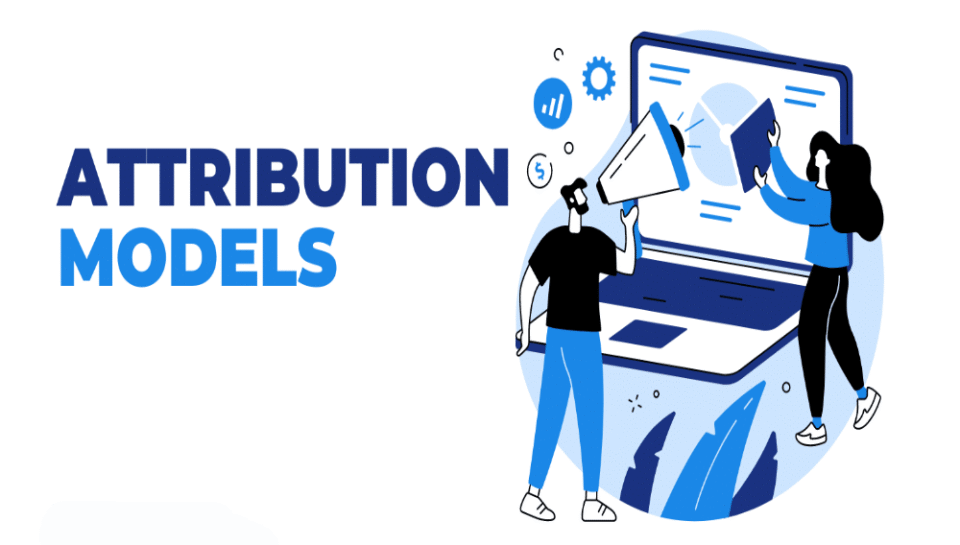
Explain attribution models in advertising campaigns
Introduction
In the intricate world of digital marketing, determining the impact of various advertising channels on customer conversions is a persistent challenge. As consumers interact with brands through multiple touchpoints—such as social media, search engines, emails, and display ads—it becomes essential to understand which of these interactions deserve credit for a final sale or lead. This is where attribution models come into play. Attribution models provide frameworks to assign value to each interaction in the customer journey, helping marketers analyze performance, optimize campaigns, and allocate budgets effectively. A deep understanding of attribution models enables smarter decision-making and better return on investment.
What is an attribution model
An attribution model is a rule or set of rules that determines how credit for conversions is assigned to touchpoints in conversion paths. In simpler terms, it explains which channel, ad, or user interaction gets how much credit when a user completes a desired action such as a purchase or form submission. Attribution models aim to clarify the path to conversion, allowing marketers to understand which channels perform well and which need adjustments.
Importance of attribution models in advertising
Attribution models help advertisers uncover the value of each marketing touchpoint. Without attribution, a campaign’s effectiveness could be misinterpreted, leading to underinvestment in high-performing channels or overreliance on underperforming ones. Attribution provides clarity and direction, helping optimize ad spend, reduce wastage, and boost performance. In today’s multichannel landscape, it’s not enough to know that a conversion happened—marketers must know how and why.
First-touch attribution model
The first-touch attribution model gives all the credit for a conversion to the first channel a customer interacted with. This model is ideal for understanding which channels are effective in initiating interest or building brand awareness. For example, if a user first discovers a brand through a Google search ad but later converts through a retargeting ad on Facebook, the Google ad receives 100% of the credit. While it’s simple and useful for top-of-funnel analysis, it can ignore the contributions of mid and bottom-funnel touchpoints.
Last-touch attribution model
In contrast to the first-touch model, the last-touch attribution model assigns all credit to the final touchpoint before conversion. This model is widely used because it focuses on what directly triggered the conversion. For example, if a customer interacted with email campaigns and display ads but converted after clicking on a paid Facebook ad, only the Facebook ad gets credit. While helpful in identifying closing channels, this model overlooks earlier interactions that influenced the decision.
Linear attribution model
The linear attribution model evenly distributes credit across all touchpoints in the customer journey. If a customer interacted with four different ads before converting, each one would receive 25% of the credit. This model provides a balanced view of all channel contributions and is suitable for campaigns that involve sustained engagement. However, it assumes that each touchpoint is equally influential, which may not always be accurate.
Time decay attribution model
The time decay attribution model gives more credit to touchpoints closer to the conversion event. The assumption is that interactions closer to the point of sale have more influence. For instance, if a user clicks on a display ad 20 days before purchase and on a search ad just an hour before, the search ad receives more credit. This model is useful for understanding the momentum that drives conversions, especially in time-sensitive campaigns.
Position-based (U-shaped) attribution model
This model gives the most credit to the first and last touchpoints—typically 40% each—and distributes the remaining 20% among the middle interactions. It recognizes both the initiator and the closer as essential elements in the conversion path, while still giving some value to supporting interactions. This is ideal for understanding both awareness and closing influence. However, assigning fixed percentages may not accurately reflect real-world impact in every scenario.
Data-driven attribution model
Data-driven attribution uses machine learning and statistical modeling to assign credit based on the actual impact each touchpoint had on the conversion. Rather than using predefined rules, it analyzes real behavior and adjusts the value dynamically. This model is considered the most accurate because it adapts to the complexity of modern customer journeys. However, it requires large volumes of data and advanced tools such as Google Ads or Analytics 360, making it more suitable for enterprise-level campaigns.
Choosing the right attribution model
Selecting the appropriate attribution model depends on your business goals, customer journey complexity, campaign structure, and available data. If your goal is brand awareness, first-touch may be insightful. If conversions and sales are your KPIs, last-touch or time decay might be more relevant. For balanced views, linear or position-based models work well. Advanced marketers with ample data should consider using data-driven models for precision. It’s also beneficial to test different models to find the one that best reflects your customer behavior and campaign structure.
Challenges with attribution modeling
Attribution modeling, despite its benefits, comes with challenges. Cross-device tracking, cookie restrictions, privacy regulations, and platform silos can limit the accuracy of attribution data. Not all platforms share full user journey data, leading to blind spots. Additionally, some customer journeys span weeks or months, making attribution more complex. To mitigate these challenges, marketers should use unified analytics platforms, consistent tagging, and cross-platform campaign tracking.
Hashtags
#AttributionModels #DigitalMarketingStrategy #AdvertisingAnalytics #MarketingAttribution #CustomerJourneyMapping #FirstTouchAttribution #LastTouchAttribution #LinearAttribution #TimeDecayModel #UShapedAttribution #DataDrivenAttribution #MarketingInsights #ConversionTracking #AdPerformance #ChannelOptimization #MultichannelAttribution #MarketingROI #AdBudgetPlanning #UserBehaviorTracking #AnalyticsTools #GoogleAttribution #CampaignMeasurement #SmartMarketing #DigitalAnalytics #MarketingPerformance





